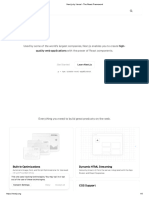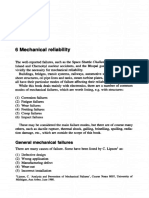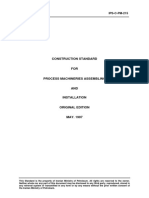0% found this document useful (0 votes)
4 views24 pagesNextjs
The document contains a collection of code snippets for initializing and running Next.js projects using various examples and configurations. It includes commands for setting up projects with different package managers and examples, as well as instructions for running development servers. Each snippet provides a brief description, source link, and the relevant code in bash or shell language.
Uploaded by
anonimo.crushCopyright
© © All Rights Reserved
We take content rights seriously. If you suspect this is your content, claim it here.
Available Formats
Download as TXT, PDF, TXT or read online on Scribd
0% found this document useful (0 votes)
4 views24 pagesNextjs
The document contains a collection of code snippets for initializing and running Next.js projects using various examples and configurations. It includes commands for setting up projects with different package managers and examples, as well as instructions for running development servers. Each snippet provides a brief description, source link, and the relevant code in bash or shell language.
Uploaded by
anonimo.crushCopyright
© © All Rights Reserved
We take content rights seriously. If you suspect this is your content, claim it here.
Available Formats
Download as TXT, PDF, TXT or read online on Scribd
/ 24



























































































